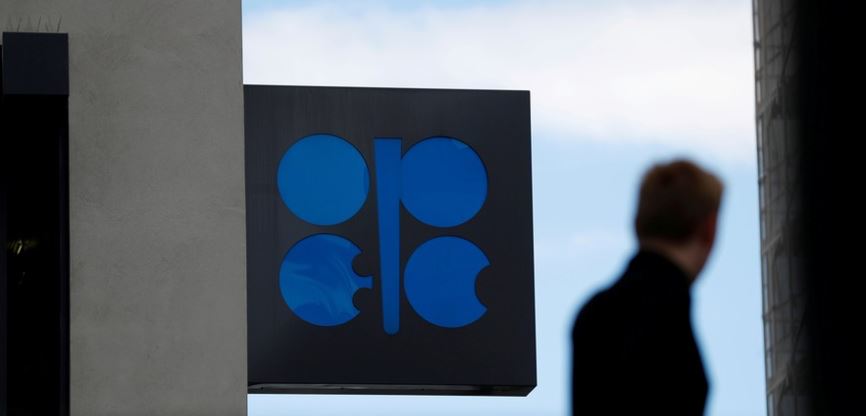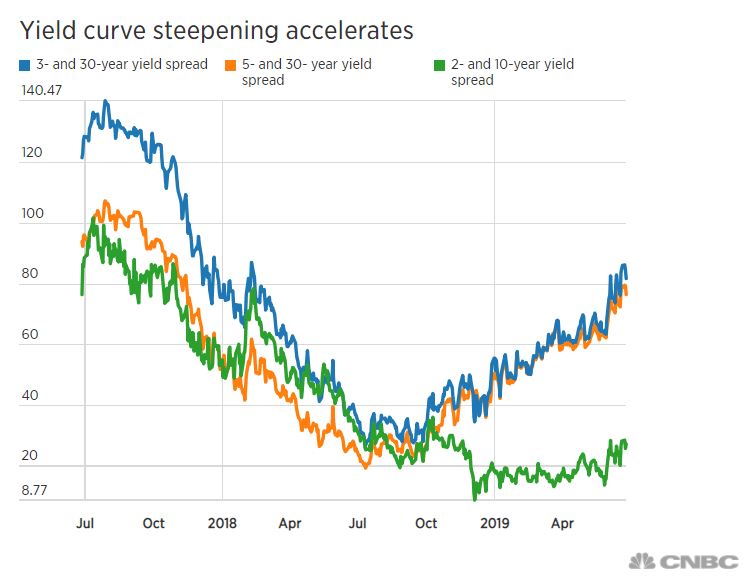What the Strong Jobs Report Means for Markets
What’s in Today’s Report:
- What Friday’s Jobs Report Means for the Markets
- Weekly Market Preview (Powell’s testimony is the big event this week)
- Weekly Economic Cheat Sheet (Fed Minuets and CPI)
Futures are slightly lower this morning following a quiet weekend of news, as markets digest what Friday’s jobs report means for future Fed rate cuts.
Following the jobs report, investors still expect a rate cut this month, but what’s now in doubt is whether we see additional cuts after that, something the market is assuming and has already priced in. Doubts over the number of future cuts is why stocks dipped Friday and are marginally lower this morning.
Economic data was again underwhelming as Japanese Machine Orders (-7.3% vs. (E) -3.0%) and German Industrial Production (-3.7% vs. (E) -3.2%) missed estimates, while German exports were slightly better (-1.1% vs. (E) -0.9%).
The important events this week come Wednesday via Fed Chair Powell’s testimony before Congress (will he telegraph a rate cut?), the FOMC Minutes (also out Wednesday – is there consensus for a cut?) and CPI (out Thursday). So, today should be generally quiet as there are no economic reports or notable Fed speakers, although U.S.-China trade negotiations will re-start, so we’ll have to watch for any headlines from there.



